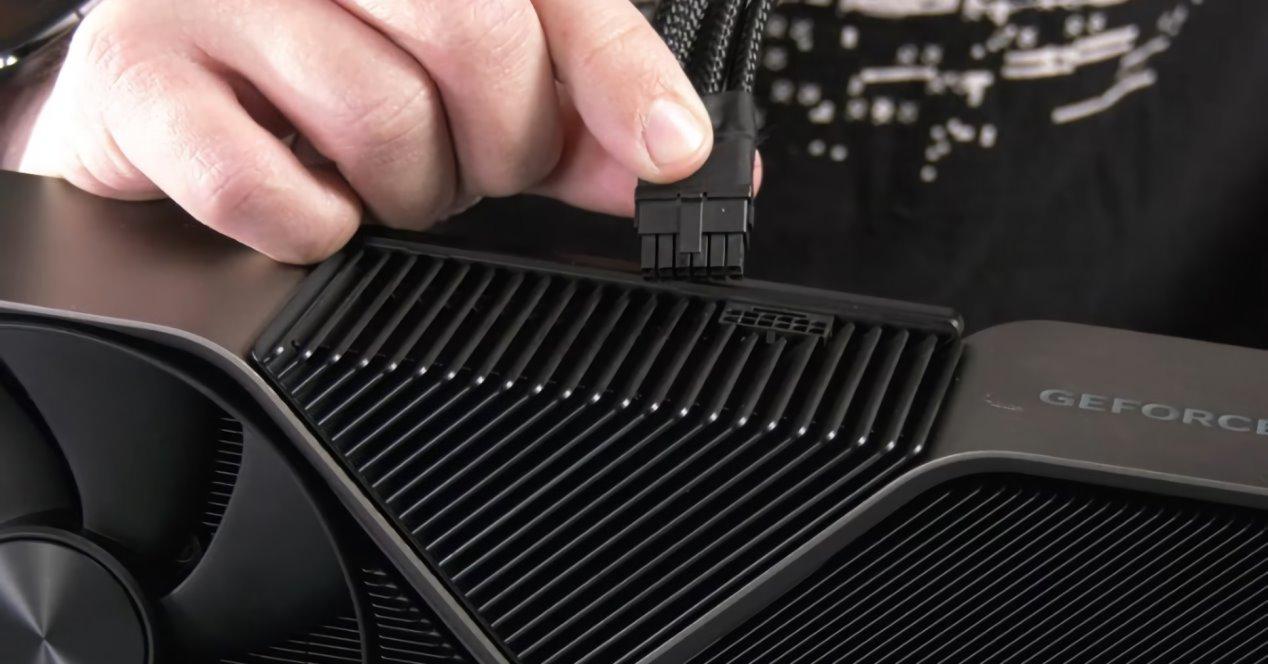The continued evolution of real-time graphics and the entry of graphics cards into other markets has necessitated a continued evolution not only of architecture, but also of power. Biggest bottleneck you’ve faced other than video RAM? The energy consumption they could use. However, the standard for power connectors for PCI Express has been stable for some time. Well, we are going to explain to you the reason why we believe that NVIDIA could not switch from RTX 40 to RTX 50, but rather prepared an intermediate generation, much better optimized than the current one.
The architecture of the RTX 40 can be further optimized
From a raw power and performance perspective, no, because more power means more clock speeds and faster memories. On the other hand, if we look at it from an economic point of view, the fact of having to buy a new power supply and seeing an increase in the electricity bill due to the change of graphics card, well, it’s not funny at all. Especially if we have a fairly tense economic situation.
Now, after weeks of its launch and without harming the RTX 4090, which deserves it for its high performance, the general conclusion is that the use of the new connector and its high power level was more a request from above than not part of the chip design. Why do we think that? Well, because of the information that can be obtained from performance drops after using the power limiter or performing voltage drop exercises.
The graph you see above these lines tells us about the performance of the RTX 4090 by limiting the maximum consumption and as you can see the drop in performance with power that does not require the use of the new connector n is not proportional to the drop in consumption consumption. In any case, this is normal since the power consumed is a quadratic function in any chip. You already know things about mathematics.
The evidence points to the RTX 40 SUPER
The thing is, if we under-volt the graphics card and set the voltage to 0.950mV, we get between 95% and 99% performance, but consuming nearly 350W, which can be achieved with a dual 8-pin connector , then the 12VHPWR justifies itself even less. In any case, the consumption curve of the AD102 chip does not seem to correspond to that of a GPU designed for the high consumption of the RTX 4090 and we base ourselves on a detail that no one comments on.
Technically, the RTX 3090 Ti has the same power consumption as the RTX 4090, the same chip size, and the same memory configuration. The problem is that its heatsink and fans are lower. Let’s not forget that inside the chip there are 128 cores, out of 144 in the next-gen chip, compared to 84. What do we think? NVIDIA engineers decided to use the 12VHPWR connector at the last minute to achieve more MHz, which results in a hotter chip and for which they had to build a more complex and expensive heatsink.
This is why we think we will see an RTX 40 SUPER series, made up of chips with the same architecture and the same node, but with a more optimized consumption curve which will allow to draw a much greater power with the consumption delivered by the new connector and which will allow them to continue to hold the scepter of the most powerful graphics card.
Bad timing for NVIDIA?
It cannot be guaranteed that you will never use or rely on any technology, people think the 12VHPWR connector is an imposition of the Jen Hsen Huang brand when it really isn’t. It is a PCI-SIG standard that will be increasingly adopted by power supply manufacturers and we will see it in more computers. So in the end AMD will also fall into the use of said connector.
However, in the same way that it is not the same to design an architecture taking into account mobile consumption, it is possible that with what happened with the 12VHPWR connector in terms of performance and consumption, we discovered by chance that such power levels require rethinking how to make a GPU in order to get better performance per watt using the new 12+4 pin connector.
We should therefore expect, not a new generation with a more advanced architecture in the short term, but versions of the RTX 40 with a more optimized consumption curve and reaching higher clock speeds using the same base. than the current ones. Who will be part of a new family. Obviously, we should not expect them in a few months.











